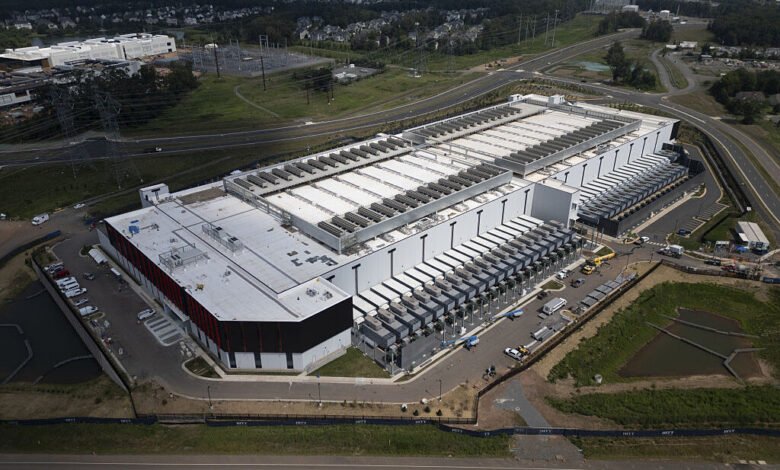Google Slashes AI Query Energy Costs by 33x in Just One Year

▼ Summary
– US electricity use is up nearly 4% this year, breaking decades of flat usage due to data center expansion for AI.
– Increased coal generation, up about 20% as of May, is meeting some of this rising demand, worsening AI’s environmental impact.
– It is difficult to accurately assess AI’s energy use without access to data center details like hardware utilization and query frequency.
– Google’s analysis shows that energy per search has dropped by a factor of 33 in the past year, making estimates a moving target.
– Calculating AI’s energy impact involves considering processor use, supporting infrastructure, manufacturing, and training energy allocation.
US electricity consumption has surged nearly 4 percent this year compared to the same period last year, marking a significant shift after years of relative stability. This uptick is largely driven by the rapid expansion of data centers, many of which are being built to support the growing demand for artificial intelligence services. With some of this increased energy demand being met by coal, whose share of power generation rose by approximately 20 percent as of May, the environmental footprint of AI is coming under intense scrutiny.
Understanding the true energy cost of AI operations remains challenging without access to detailed operational data from data centers, such as hardware utilization rates and the proportion of queries dedicated to AI tasks. While researchers can measure the power consumption of specific AI models in controlled settings, translating those figures into real-world energy impacts is far from straightforward.
Google, however, operates at a scale that provides a unique window into these dynamics. The company recently released an analysis offering rare insight into the environmental impact of AI, drawn from its own extensive infrastructure. The findings reveal that energy efficiency is improving at a remarkable pace: Google has slashed the energy required per AI search query by a factor of 33 in just one year.
A critical aspect of such analyses involves deciding what to include in energy calculations. Beyond the direct power consumed by processors during query handling, considerations must extend to supporting infrastructure like memory, storage, and cooling systems. There is also the embedded energy from manufacturing the hardware and constructing the facilities that house these operations. Additionally, AI models consume substantial energy during their training phase, a portion of which could arguably be allocated to each subsequent inference request.
(Source: Ars Technica)





